How does the Canadian import process work at the border for Food Products?
Canadian Imports:
- Food Imports, including food samples, are regulated through Canada Customs and the Canada Food Inspection Agency (CFIA)
- Document requirements for food
- Commercial Invoice with all the pertinent information or Canada Customs Invoice.
- Nafta (North America Free Trade Agreement) Document if applicable.
How the clearance works
- Vendor completes the Invoice
- If the items are not listed on the current annual Nafta that A&A hold then a new document is required, (If the items qualify for Nafta)
- Shipping is arranged
- Vendor forwards copies of the documents to A&A Electronically advising where and when the goods will cross the border. If Vendor is also the carrier then they will advise us the Pars (PARS is the Pre Arrival Release) number that will be used by the Carrier
- If Vendor is not the carrier, vendor gives the Freight Company a copy. The Freight Company will then advise A&A when and where the goods will cross the border.
- A&A sets up the shipment advises Canada Border Services Agency (CBSA) what is on the shipment where it will cross and when and includes the PARS Number
- A&A arranges for release from CFIA
- Driver arrives at the border and presents his PARS number
- Customs and CFIA release the goods or advises they would like an inspection
- When Release is obtained driver is free to deliver the goods into Canada.
AMPS Penalties may be issued by CBSA if any of the information is incorrect.
Some examples where penalties could be issued are:
Incorrect Value
Goods not declared
Incorrect declaration of goods

